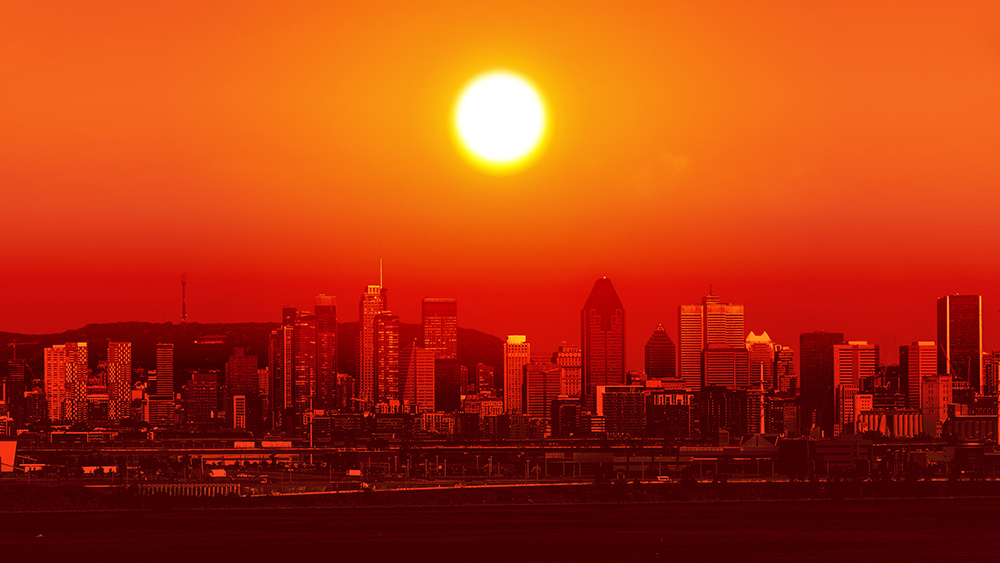The fact is that the sea levels aren't rising because of anything we've done. As reported by the folks over at ClimateChangeDispatch.com, a 2006 study by Curtis E. Larsen and Inga Clark has shown no connection between carbon dioxide concentrations and the purported sea level rise. Another study conducted in 2007 by S.J. Holgate has shown the phenomenon to be cyclical and naturally occurring; the researcher even discovered that the sea levels decreased during the period of the study. The rise and fall of sea levels is never constant and changes seasonally, even daily. Those oscillating levels are caused by a variety of factors too: equatorial trade winds, tectonic events, soil compaction, and storm surges can all affect the sea levels and any attempts to measure them accurately.
Glaciers aren't exactly melting either. A 2015 article by the Express.co.uk has pointed out that satellite images have shown that Antarctic ice is growing, not shrinking. In fact, a logbook by polar explorers Report Falcon Scott and Ernest Shackleton was discovered last year and showed that the Antarctic hasn't shrunk at all in the last 100 years. A similar story can be found on the other side of the world. Arctic sea ice hit a record growth last September and hasn't decreased in the slightest. The truth is that neither the Antarctic nor the Arctic have shown any outward signs of lost or losing ice. Not even snow-covered peaks of the Himalayas have lost ice during the last decade, which means ice at low and high levels are more less still at the same amounts as before.
So much for rising sea levels and melting glaciers.
After Ice: What its developers say
“Experience climate change and the effects of global warming through augmented reality,” wrote the developers on their product description page. “After Ice simulates your location in various data-backed future scenarios of global ice melt and sea level rise. Additionally, it lets you see the NASA-projected* effect of sea level rise accurately within a 100 mile radius of New York City in the 2080s — within the lifetime of children alive today.”
Of the project, Guariglia has said: “I thought of this app as a way to help visualize what is happening to the planet, but is too slow for us to see. We have a serious disconnect from important existential issues like giant melting glaciers. Global warming is happening, however it needs to be emotionally felt before people will want to take action. I hope this app will at the very least get a conversation going and get some of the science out of the lab, and into people hands.
Read more on sea levels and climate by visiting ClimateScienceNews.com.
*Projections for NYC come from NASA/GISS & NPCC data and accurate within a 100 mile radius of New York City, and includes storm and tidal surge estimates in it’s visualization. Total melt projections come from the Woods Hole Coastal and Marine Science Center.
Sources include:
Please contact us for more information.























